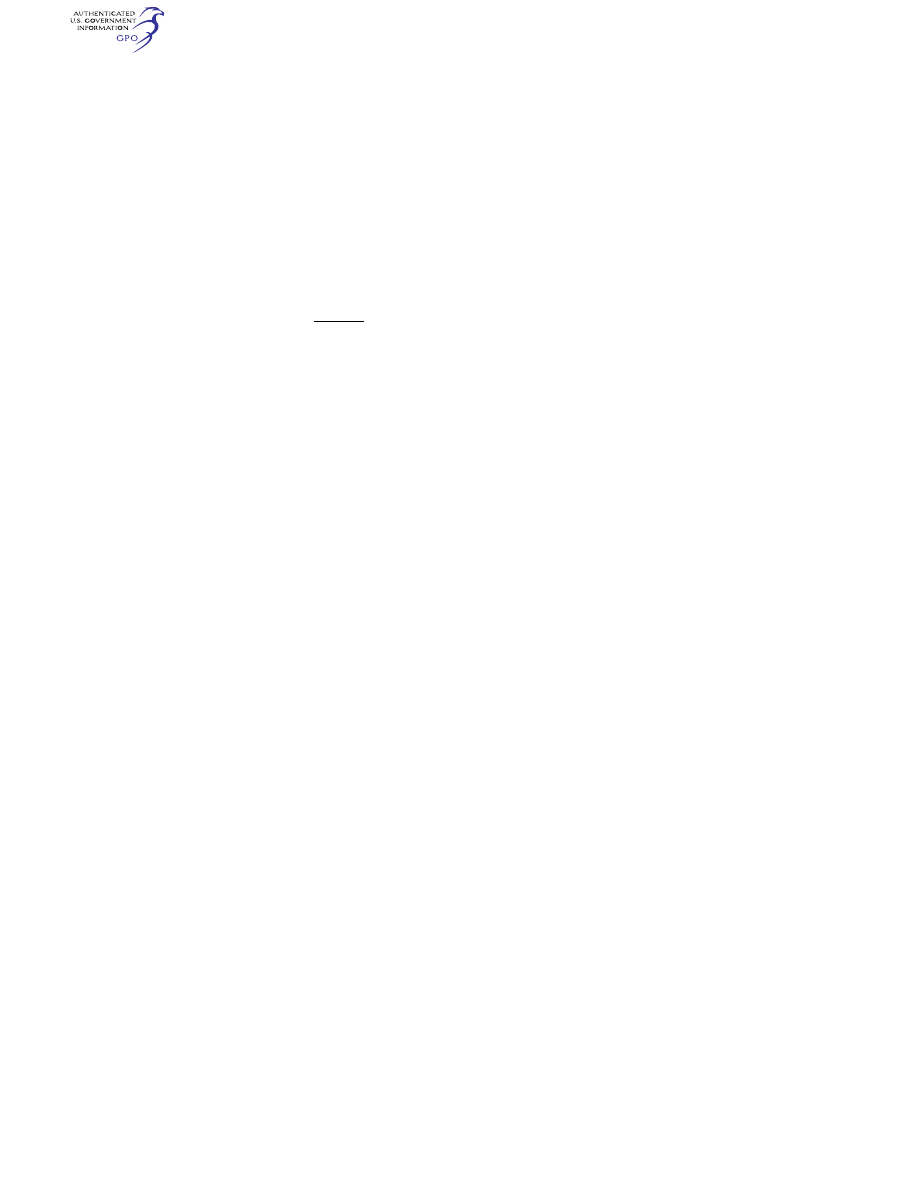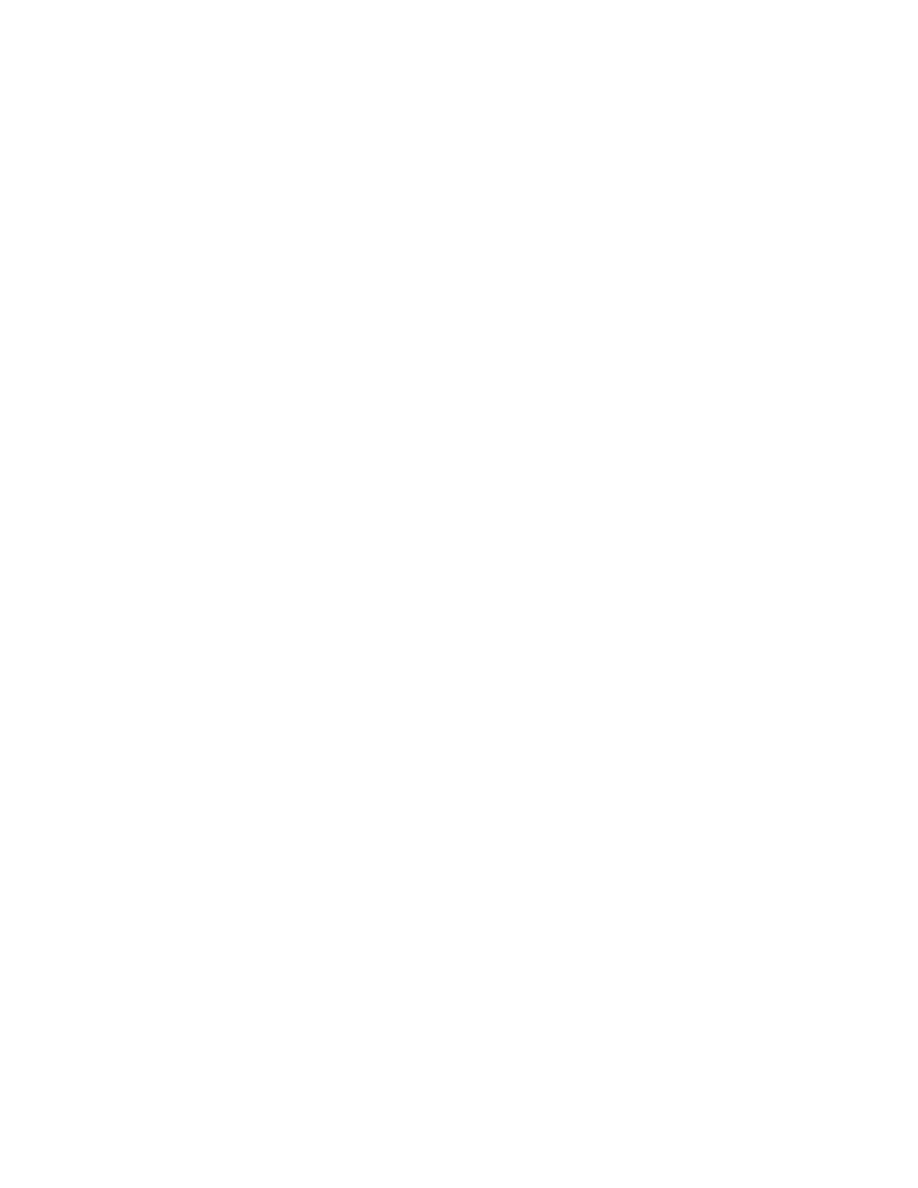
500
14 CFR Ch. I (1–1–24 Edition)
§ 27.341
the rotational tip speed of the rotor
blades, and is expressed as follows:
μ =
V cos a
R
Ω
where—
V = The airspeed along flight path (f.p.s.);
a = The angle between the projection, in the
plane of symmetry, of the axis of no
feathering and a line perpendicular to
the flight path (radians, positive when
axis is pointing aft);
omega = The angular velocity of rotor (radi-
ans per second); and
R = The rotor radius (ft).
[Doc. No. 5074, 29 FR 15695, Nov. 24, 1964, as
amended by Amdt. 27–11, 41 FR 55469, Dec. 20,
1976]
§ 27.341
Gust loads.
The rotorcraft must be designed to
withstand, at each critical airspeed in-
cluding hovering, the loads resulting
from a vertical gust of 30 feet per sec-
ond.
§ 27.351
Yawing conditions.
(a) Each rotorcraft must be designed
for the loads resulting from the maneu-
vers specified in paragraphs (b) and (c)
of this section with—
(1) Unbalanced aerodynamic mo-
ments about the center of gravity
which the aircraft reacts to in a ration-
al or conservative manner considering
the principal masses furnishing the re-
acting inertia forces; and
(2) Maximum main rotor speed.
(b) To produce the load required in
paragraph (a) of this section, in unac-
celerated flight with zero yaw, at for-
ward speeds from zero up to 0.6 V
NE
—
(1) Displace the cockpit directional
control suddenly to the maximum de-
flection limited by the control stops or
by the maximum pilot force specified
in § 27.397(a);
(2) Attain a resulting sideslip angle
or 90
°
, whichever is less; and
(3) Return the directional control
suddenly to neutral.
(c) To produce the load required in
paragraph (a) of this section, in unac-
celerated flight with zero yaw, at for-
ward speeds from 0.6 V
NE
up to V
NE
or
V
H
, whichever is less—
(1) Displace the cockpit directional
control suddenly to the maximum de-
flection limited by the control stops or
by the maximum pilot force specified
in § 27.397(a);
(2) Attain a resulting sideslip angle
or 15
°
, whichever is less, at the lesser
speed of V
NE
or V
H
;
(3) Vary the sideslip angles of para-
graphs (b)(2) and (c)(2) of this section
directly with speed; and
(4) Return the directional control
suddenly to neutral.
[Amdt. 27–26, 55 FR 7999, Mar. 6, 1990, as
amended by Amdt. 27–34, 62 FR 46173, Aug. 29,
1997]
§ 27.361
Engine torque.
(a) For turbine engines, the limit
torque may not be less than the high-
est of—
(1) The mean torque for maximum
continuous power multiplied by 1.25;
(2) The torque required by § 27.923;
(3) The torque required by § 27.927; or
(4) The torque imposed by sudden en-
gine stoppage due to malfunction or
structural failure (such as compressor
jamming).
(b) For reciprocating engines, the
limit torque may not be less than the
mean torque for maximum continuous
power multiplied by—
(1) 1.33, for engines with five or more
cylinders; and
(2) Two, three, and four, for engines
with four, three, and two cylinders, re-
spectively.
[Amdt. 27–23, 53 FR 34210, Sept. 2, 1988]
C
ONTROL
S
URFACE AND
S
YSTEM
L
OADS
§ 27.391
General.
Each auxiliary rotor, each fixed or
movable stabilizing or control surface,
and each system operating any flight
control must meet the requirements of
§§ 27.395, 27.397, 27.399, 27.411, and 27.427.
[Amdt. 27–26, 55 FR 7999, Mar. 6, 1990, as
amended by Amdt. 27–34, 62 FR 46173, Aug. 29,
1997]
§ 27.395
Control system.
(a) The part of each control system
from the pilot’s controls to the control
stops must be designed to withstand
pilot forces of not less than—
(1) The forces specified in § 27.397; or
(2) If the system prevents the pilot
from applying the limit pilot forces to
the system, the maximum forces that
VerDate Sep<11>2014
09:06 Jun 28, 2024
Jkt 262046
PO 00000
Frm 00510
Fmt 8010
Sfmt 8010
Y:\SGML\262046.XXX
262046
EC28SE91.083</MATH>
jspears on DSK121TN23PROD with CFR

501
Federal Aviation Administration, DOT
§ 27.427
the system allows the pilot to apply,
but not less than 0.60 times the forces
specified in § 27.397.
(b) Each primary control system, in-
cluding its supporting structure, must
be designed as follows:
(1) The system must withstand loads
resulting from the limit pilot forces
prescribed in § 27.397.
(2) Notwithstanding paragraph (b)(3)
of this section, when power-operated
actuator controls or power boost con-
trols are used, the system must also
withstand the loads resulting from the
force output of each normally ener-
gized power device, including any sin-
gle power boost or actuator system
failure.
(3) If the system design or the normal
operating loads are such that a part of
the system cannot react to the limit
pilot forces prescribed in § 27.397, that
part of the system must be designed to
withstand the maximum loads that can
be obtained in normal operation. The
minimum design loads must, in any
case, provide a rugged system for serv-
ice use, including consideration of fa-
tigue, jamming, ground gusts, control
inertia, and friction loads. In the ab-
sence of rational analysis, the design
loads resulting from 0.60 of the speci-
fied limit pilot forces are acceptable
minimum design loads.
(4) If operational loads may be ex-
ceeded through jamming, ground gusts,
control inertia, or friction, the system
must withstand the limit pilot forces
specified in § 27.397, without yielding.
[Doc. No. 5074, 29 FR 15695, Nov. 24, 1964, as
amended by Amdt. 27–26, 55 FR 7999, Mar. 6,
1990]
§ 27.397
Limit pilot forces and torques.
(a) Except as provided in paragraph
(b) of this section, the limit pilot
forces are as follows:
(1) For foot controls, 130 pounds.
(2) For stick controls, 100 pounds fore
and aft, and 67 pounds laterally.
(b) For flap, tab, stabilizer, rotor
brake, and landing gear operating con-
trols, the follows apply (R = radius in
inches):
(1) Crank, wheel, and lever controls,
[1 + R]/3
×
50 pounds, but not less than
50 pounds nor more than 100 pounds for
hand operated controls or 130 pounds
for foot operated controls, applied at
any angle within 20 degrees of the
plane of motion of the control.
(2) Twist controls, 80R inch-pounds.
[Amdt. 27–11, 41 FR 55469, Dec. 20, 1976, as
amended by Amdt. 27–40, 66 FR 23538, May 9,
2001]
§ 27.399
Dual control system.
Each dual primary flight control sys-
tem must be designed to withstand the
loads that result when pilot forces of
0.75 times those obtained under § 27.395
are applied—
(a) In opposition; and
(b) In the same direction.
§ 27.411
Ground clearance: tail rotor
guard.
(a) It must be impossible for the tail
rotor to contact the landing surface
during a normal landing.
(b) If a tail rotor guard is required to
show compliance with paragraph (a) of
this section—
(1) Suitable design loads must be es-
tablished for the guard; and
(2) The guard and its supporting
structure must be designed to with-
stand those loads.
§ 27.427
Unsymmetrical loads.
(a) Horizontal tail surfaces and their
supporting structure must be designed
for unsymmetrical loads arising from
yawing and rotor wake effects in com-
bination with the prescribed flight con-
ditions.
(b) To meet the design criteria of
paragraph (a) of this section, in the ab-
sence of more rational data, both of the
following must be met:
(1) One hundred percent of the max-
imum loading from the symmetrical
flight conditions acts on the surface on
one side of the plane of symmetry, and
no loading acts on the other side.
(2) Fifty percent of the maximum
loading from the symmetrical flight
conditions acts on the surface on each
side of the plane of symmetry but in
opposite directions.
(c) For empennage arrangements
where the horizontal tail surfaces are
supported by the vertical tail surfaces,
the vertical tail surfaces and sup-
porting structure must be designed for
the combined vertical and horizontal
surface loads resulting from each pre-
scribed flight condition, considered
VerDate Sep<11>2014
09:06 Jun 28, 2024
Jkt 262046
PO 00000
Frm 00511
Fmt 8010
Sfmt 8010
Y:\SGML\262046.XXX
262046
jspears on DSK121TN23PROD with CFR

